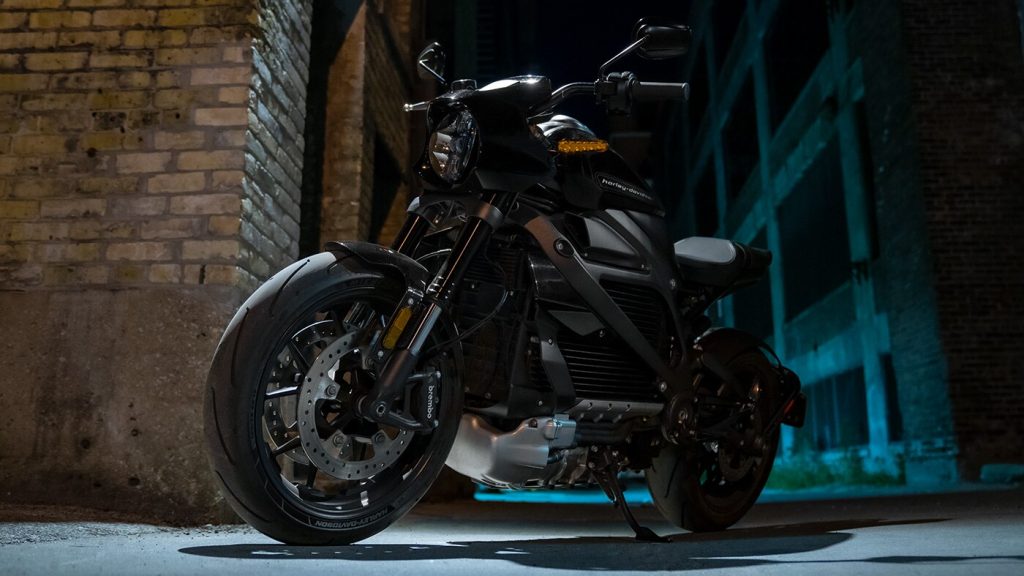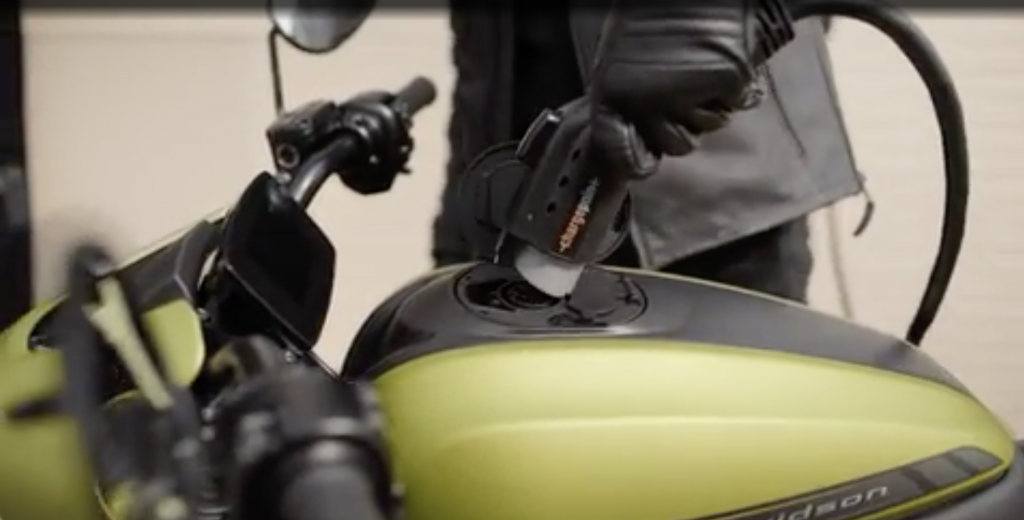A Year in Review – 2021
40th Anniversary
In 1981, lifelong friends Jim Richardson, Randy Neverka, and their softball teammate, Pat Thomas were doing what any young 20-somethings would do after a long week at the office: hanging out and knocking back a few cold ones. A few beers in, Randy, a chemical engineer by trade who was working for a company that built power transformers, revealed the company been purchased by a larger conglomerate. The new owners intended to use the shop for a different purpose, thus discontinuing transformer production and letting the current customers go. Pat, being the enterprising one he was (and still is) saw this as an opportunity and pushed the other two to start their own business. Forty years and over 45 million transformers later, Pacific Transformer grew to become the largest manufacturer of custom transformers on the west coast.
Our First Consumer Direct Brand
At the beginning of the year, Pacific Transformer launched its first direct-to-consumer brand in its 40 year history called Pacific Audio Magnetics. The brand focused on products for professional musicians and came out with a line of power and output transformers for some of the most iconic guitar amplifiers ever built. Our aim was simple: build the best sounding magnetic components possible. In order to achieve this goal, we partnered with renowned amplifier builder George Allessandro to help develop each part, and the response has been tremendous.
Acquisition of Transformer Design & Supply
In the second half of the year, we announced the acquisition of famed high-end audio transformer manufacturer Transformer Design and Supply.
“Although several other manufacturers approached us, we felt Pacific Transformer was the only company that would uphold the standards and principles my father put into place at TDS. We are thrilled to have reached an agreement with them and know our customers will continue receiving the same stellar support and outstanding sounding products TDS was known for,” said Bill Wood Jr., President of Transformer Design and Supply (TDS)
The acquisition grew our market share in the professional audio space and grew our customer list to include iconic amplifier brands, such as Matchless and Divided by 13.
Expansion of Near Shore Capabilities
Over the past two years, global supply chain issues have left manufacturers scrambling to find an alternative to offshore sourcing. Fortunately (and unfortunately), in the past 40 years, we have seen our share of supply chain disasters that have led us to strategically manufacture our products throughout the world (California, Thailand, China and Mexico). This year, we invested in increasing our near-shore capabilities by purchasing a new building in Tijuana, Mexico, located only 100 miles from our Anaheim, California headquarters. This new facility will increase our Latin America production capabilities by 300% and provide our customers with a competitive offshore alternative with minimal supply chain risk.




